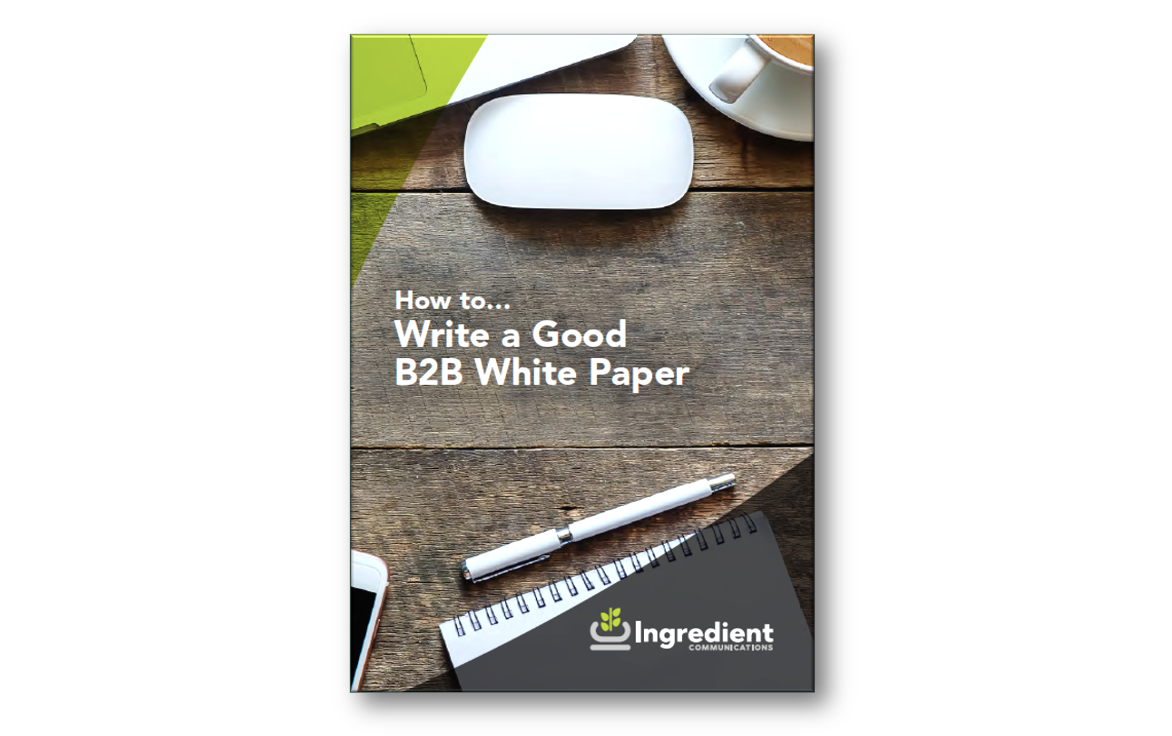Digital technology has made it much easier to share marketing materials with large numbers of people, both directly and through third party channels, such as industry news websites. As a result, over the past decade or so, white papers have become an integral part of the B2B communications mix.
White papers provide an opportunity to take a deep dive into any topic that’s important to you and, most importantly, to your customers. They are flexible documents, with no set rules governing what information they must contain, or how they should look. In a white paper, what you say – and how you say it – is completely up to you.
Nevertheless, just as with any type of communications activity, it’s essential to consider the factors that will increase the chances that your white paper will make an impact. In the ingredients sector, new white papers are published every day and competition for readers’ attention is fierce.
With that in mind, we have put together this guide to creating white papers that will appeal to your target audience and influence the way they feel about your company. It’s based on Ingredient Communications’ many years of experience helping ingredients companies to produce engaging and effective white papers that have gone on to generate thousands of sales leads.


